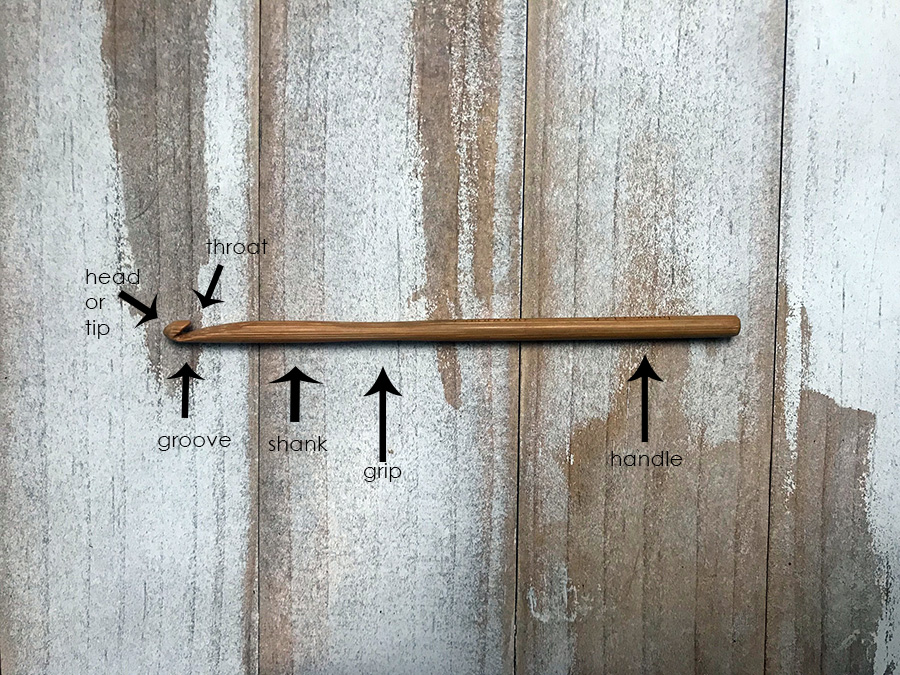Earth day is almost here. Want to make a small change in your life that will lessen your carbon foot print? This is part 2 of crocheting your own dish cloth. Part 1 is right here I’ve been using Blue Sky Organic Worsted Cotton but you can use any sort of worsted weight. I like this cloths because it is pretty absorbent. Materials: size J crochet hook
1 skein worsted weight cotton
Instructions:
after chaining 26 you will need to start working back.
2. Insert hook into the second loop from the end.
3. Wrap yarn around hook towards you and under the throat. What’s the throat? See below diagram.
Step 2 make sure on top of the hook you see these two yarns, this stitch. This way you know you did not insert into the wrong section.
step 5.
4. Now there are 2 loops on the hook.
5. Wrap yarn towards you around hook and pull thru both loops. You are back to one loop on the hook. Repeat steps 2 thru 5 until end of row.
6. At end of row the last stitch can be tricky. The entry is a bit tight. See circled stitch below.
Step 6.
Step 7. This is also a single crochet.
Once you reach 5” high begin to bind off.
Step 1. Insert hook into loop as if you are creating a single crochet.
Step 2. With 2 loops on the hook pull the furthest loop from the head over the first loop and off the hook.
Step 2.
You are left with one loop on the hook. Repeat above steps until you reach end of row.
Step 3. You have reached the end with one loop on the hook. Cut your yarn from the main ball and pull thru the loop.
Step 4. Pull the tail thru the stitches 3 or 4 times. You can use a darning needle for this.
One of my favorite table top cleaners is from Common Goods that I get refilled army local General Goods Store, Annies Blue Ribbon.
Now get cleaning!
And to wash this cloth, just throw in with your other towels. I wash everything on cold and tumble dry or line dry.
Would love to hear and see what you made. What yarn did you use?
Thanks for reading and Happy Earth Day!
Tracey






















